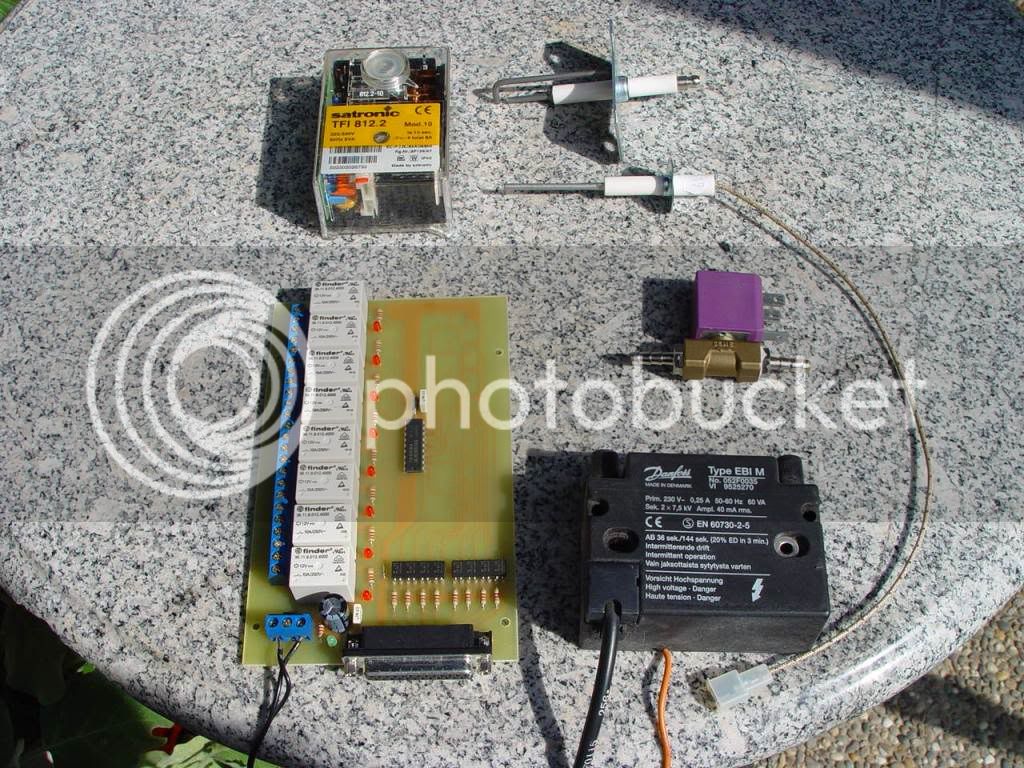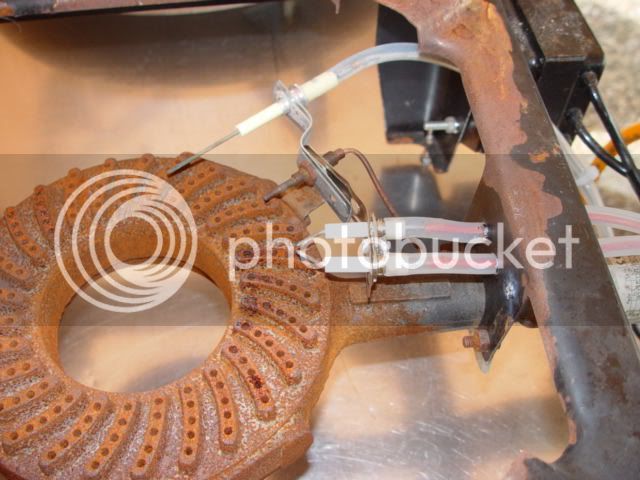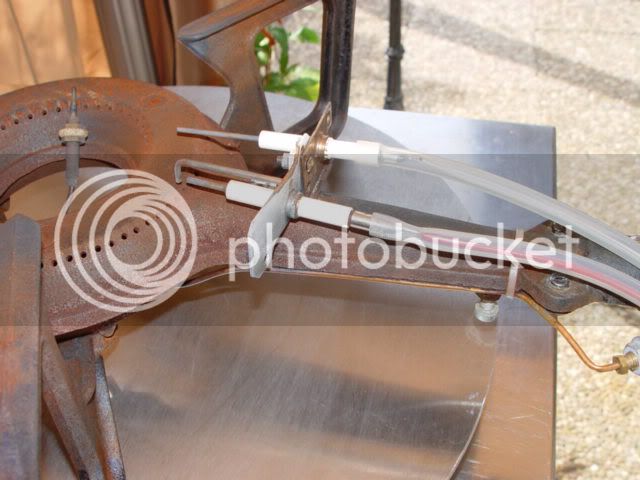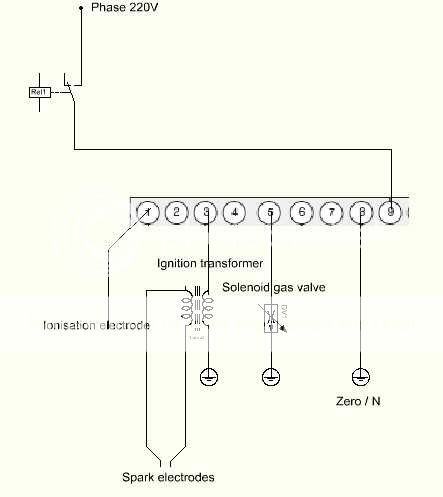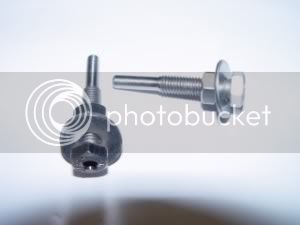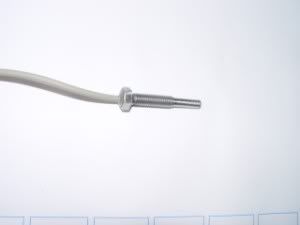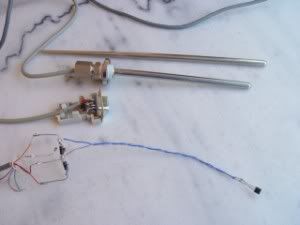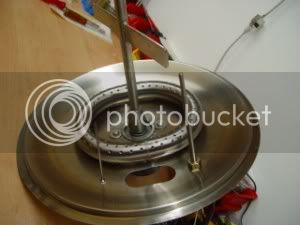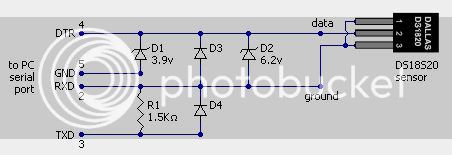Zwickel
Active Member
g´day fellow brewers,
before I´m going to introduce my automated brewing system to you, I´d like to know what funktions would be very important at the first place to you.
There are so many different brewing systems out in the world, guess there are only a few looking and working identically.
So it would be almost impossible to create an electronically controlled system that matches to all of the brewers demands.
I´d highly appreciate if you could tell us, what functions would be indispensable/compulsory for your personal brewing system.
For example I´ll start with my own demands:
doing stepped mash, therefore need a ramp temp controller
hence I´d need heating system that automatically gets switched on and off after demand;
a time controller that controls each period of time (rests, boiling time a.s.o.);
a water level controller to fill the MLT and HLT with the right amount of water, hence equipped with a solenoid valve to switch the water flow;
a level controlled wort pump, could also switched on and off manually;
an elecronically controlled stirrer, either way speed controlled and direction controlled (forth and back),
an alarm function to call the "Braumeister" if something is going wrong;
a temp monitor that shows the inlet and outlet temps of the wort chiller;
a CIP (cleaning in place) system;
so what else?
I´d highly appreciate your comments/ideas to that, so we might be able to parse my existing system into parts and reassemble to your own needs.
Cheers :
before I´m going to introduce my automated brewing system to you, I´d like to know what funktions would be very important at the first place to you.
There are so many different brewing systems out in the world, guess there are only a few looking and working identically.
So it would be almost impossible to create an electronically controlled system that matches to all of the brewers demands.
I´d highly appreciate if you could tell us, what functions would be indispensable/compulsory for your personal brewing system.
For example I´ll start with my own demands:
doing stepped mash, therefore need a ramp temp controller
hence I´d need heating system that automatically gets switched on and off after demand;
a time controller that controls each period of time (rests, boiling time a.s.o.);
a water level controller to fill the MLT and HLT with the right amount of water, hence equipped with a solenoid valve to switch the water flow;
a level controlled wort pump, could also switched on and off manually;
an elecronically controlled stirrer, either way speed controlled and direction controlled (forth and back),
an alarm function to call the "Braumeister" if something is going wrong;
a temp monitor that shows the inlet and outlet temps of the wort chiller;
a CIP (cleaning in place) system;
so what else?
I´d highly appreciate your comments/ideas to that, so we might be able to parse my existing system into parts and reassemble to your own needs.
Cheers :





